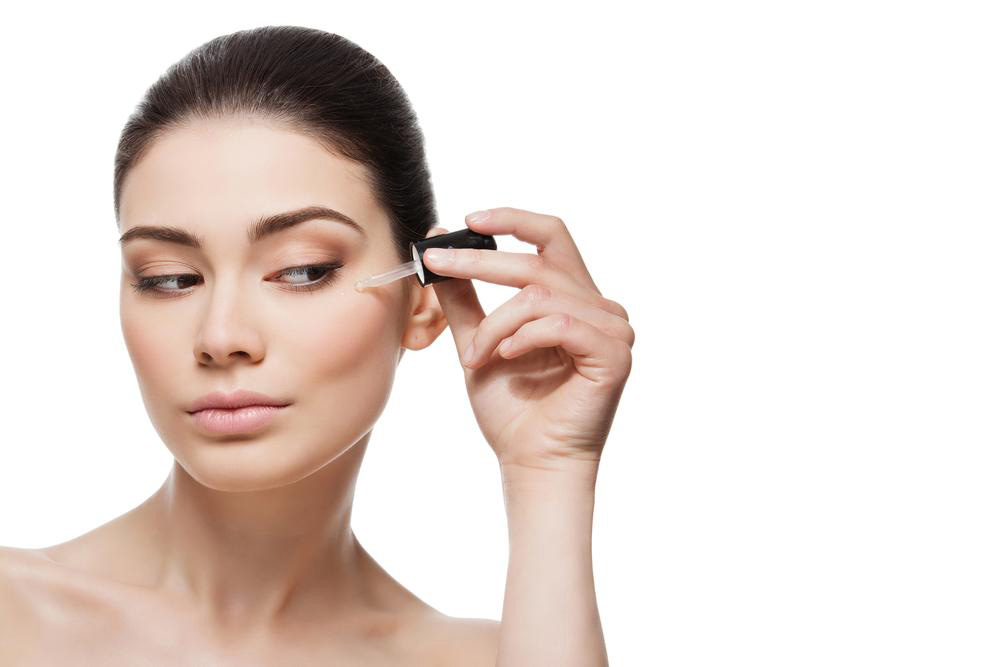Understanding How Botox Alleviates Chronic Migraines
Discover how Botox effectively alleviates chronic migraines by blocking pain signals and relaxing tense muscles. Learn about treatment procedures, potential side effects, costs, and the importance of consulting qualified healthcare providers for safe and effective migraine relief. Botox offers a promising solution for individuals suffering from persistent headaches, reducing their frequency and severity significantly when administered properly by specialists.
Understanding How Botox Alleviates Chronic Migraines
How Botox Can Help Relieve Migraines
Botox, known scientifically as OnabotulinumtoxinA, is a potent neurotoxin produced by the bacteria Clostridium botulinum. While it can cause botulism if ingested in contaminated food, in medical treatments, it is used in tiny doses. Botox has been shown to improve muscle spasms, tics, and nerve-related conditions. Recently, it gained approval as an effective treatment for persistent headaches and migraines.
People experiencing frequent headaches—lasting over 15 days or in clusters—may suffer from migraines. Studies indicate that Botox can reduce the duration and frequency of these episodes. Patients often experience a significant decrease in headache severity after several treatments, with some seeing up to 70% fewer attacks after five sessions.
Botox works by blocking pain-causing chemicals called neurotransmitters. It acts as a barrier, preventing pain signals from reaching nerve endings around the head and neck.

For migraine sufferers opting for Botox treatment, a doctor will administer multiple injections around the head and neck, tailored to the severity of the condition. Botox inhibits the release of acetylcholine, a neurotransmitter responsible for muscle contractions, reducing muscle stiffness and easing migraine pain. Patients may receive 30 to 40 injections on each side of the head, with improvements often seen within two to three weeks.
Possible Side Effects of Botox for Migraines
Since Botox is a neurotoxin, some side effects may occur. Commonly, patients report neck pain, and improper dosing might sometimes worsen headaches. Rarely, allergic reactions such as hives, swelling, or shortness of breath might happen. However, these reactions are infrequent and typically limited to the injection site or immediate surrounding areas.
It is essential to follow medical guidelines and watch for warning signs before opting for Botox treatment. The cost typically ranges from $500 to $1500, depending on the provider and dosage used. Insurance may cover part of the expense, so consulting a qualified specialist is advisable. Ensure Botox treatments are performed by trained healthcare professionals who specialize in migraine therapies, not just cosmetic procedures.










